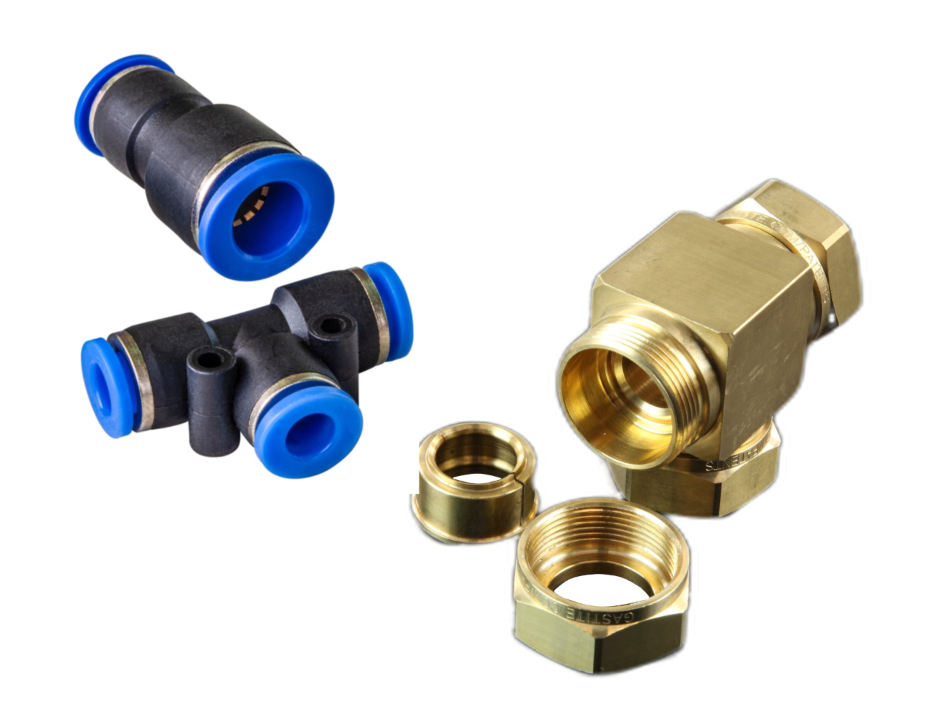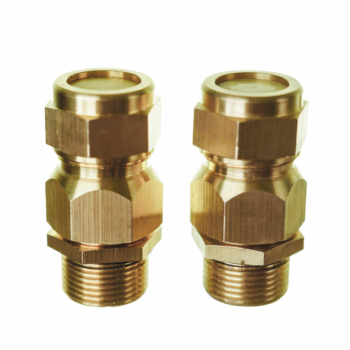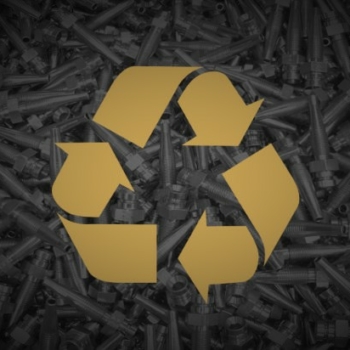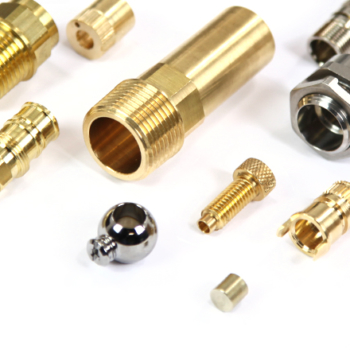Sustainability in Manufacturing: Brass vs Plastic Fittings
There needs to be more awareness of the sustainability practices that go into producing everyday and specialist items. Only when we look closer at each production environment can the magnitude of effort to produce sustainable products that behave in an environmentally friendly way be fully appreciated. For example, when manufacturing top-quality fittings for the water or heating and ventilation industry, two main materials are used: brass and plastic. Each has its own unique set of benefits and drawbacks relating to its use as a sustainable material for fitting manufacture; we should take a closer look at how Brass vs Plastic Fittings measure up on a global scale.
Understanding Plastic and Brass Fittings
While brass fittings have been used for centuries as a reliable solution for plumbing, heating and ventilation installations due to its strength and durability, Plastic pipes, valves and fittings are becoming increasingly popular thanks to their lightweight design, affordability and ease of use.
There is a wide variety of possibilities when it comes to brass or plastic fittings, including valves, adaptors and fasteners which are common types of hardware used in the plumbing and HVAC industries. Each type is designed to address specific needs such as leak prevention, temperature control and pressure regulation.
Plastic valve systems can be lightweight yet not as strong as brass systems. However, they are much easier to install than brass.

Advantages of Brass Fittings
Brass fittings have a wide range of advantages when considering their use in manufacturing.
Corrosion Resistance
Brass and Eco Brass is corrosion-resistant, durable and very strong, making it an ideal choice for processes that involve heavy loads or vibrations.
Malleability
The impressive malleability of brass enables it to be soldered or threaded easily, allowing for different types of brass fittings configurations.
Performance in Extreme Environments
It is important to note that brass does not limit motion as much as plastic, and so has a higher performance capacity in high-temperature environments, making it a good choice for use in areas with extreme weather patterns.
Recyclability
End-of-life recyclability is very good as components can be melted down and turned into another brass product.
Disadvantages of Brass Fittings
Brass is not without its disadvantages - here are also some drawbacks to using brass fittings.
Increased Cost
As is common with most high-quality options, brass fittings are more expensive than plastic fittings, which can be a serious consideration for those on a budget.
Increased Weight
Brass fittings are comparatively heavier than plastic fittings, which can make them difficult to handle and install. Some DIY installers find joining pipes or connections needs to be simple and avoid brass and copper fittings
Energy Usage
The production and machining of brass fittings require a significant amount of energy, especially when compared to cheaper plastic fittings. This can also negatively impact the environment when using less green manufacturing methods.
Lead Leaching
Brass components that are not lead-free can leach lead into the water system, which can be harmful to human health. However, this can be avoided by using Eco Brass, which retains the high corrosion resistance of brass but with zero lead content.
Advantages of Plastic Fittings
Plastic fittings have become increasingly popular in due to their numerous advantages.
Cost-Effective
Plastic fittings are less expensive to produce than brass components. This makes them a more cost-effective option for those on a budget.
Energy-Efficient
Plastic fittings use less energy during the manufacturing process than brass fittings. This makes them a more economical option for those who want to reduce their production costs.
Lightweight
Plastic fittings are lightweight, which makes them easier to transport and handle during installation. This can result in cost savings for contractors and DIY installers alike.
Ease of Installation
Plastic fittings are easy to install and require less specialized equipment compared to brass fittings. This makes them a popular choice among DIY installers.
Disadvantages of Plastic Fittings
Despite the advantages, there are some disadvantages to using plastic fittings in plumbing, including:
Low Durability
Plastic fittings are not as strong and durable as brass components. This can lead to them needing to be replaced more frequently than brass fittings, resulting in additional costs over time.
Chemical Content
Plastic fittings used in plumbing applications contain harmful chemicals such as Bisphenol A (BPA). There is concern that this chemical can leach into the water, potentially harming human health.
Difficult to Recycle
At the end of their life, plastic fittings are not easily recycled. This can have a negative impact on the environment if they are not disposed of properly.

The Importance of Sustainability in Manufacturing
As sustainability in manufacturing becomes an increasingly important issue, industries are evolving to become more aware of the responsibility they have to choose eco-friendly practices. To keep your manufacturing practices sustainable, the use of renewable materials and energy sources is essential. Manufacturers also need to reduce their waste, emissions and, importantly, water consumption.
Businesses across all industries can benefit from focusing on sustainability in several ways, including by lowering operating costs, boosting productivity and employee morale, raising customer satisfaction and brand recognition, lowering litigation risk, and contributing to society. Sustainability efforts from within can ensure sound decisions regarding preventing pollution and conserving natural resources for future generations. Choosing between brass or plastic fittings is a small part of sustainability efforts in production processes. Still, sustainability shouldn't be brushed over lightly - because choosing environmentally friendly materials can make all the difference.
To sum up, from a variety of perspectives, particularly sustainability, brass is a good investment option. There is no doubt that it comes with a higher initial cost and heavier weight but its significant strength, corrosion resistance and durability can make it the more reliable and less costly option in the long run.


